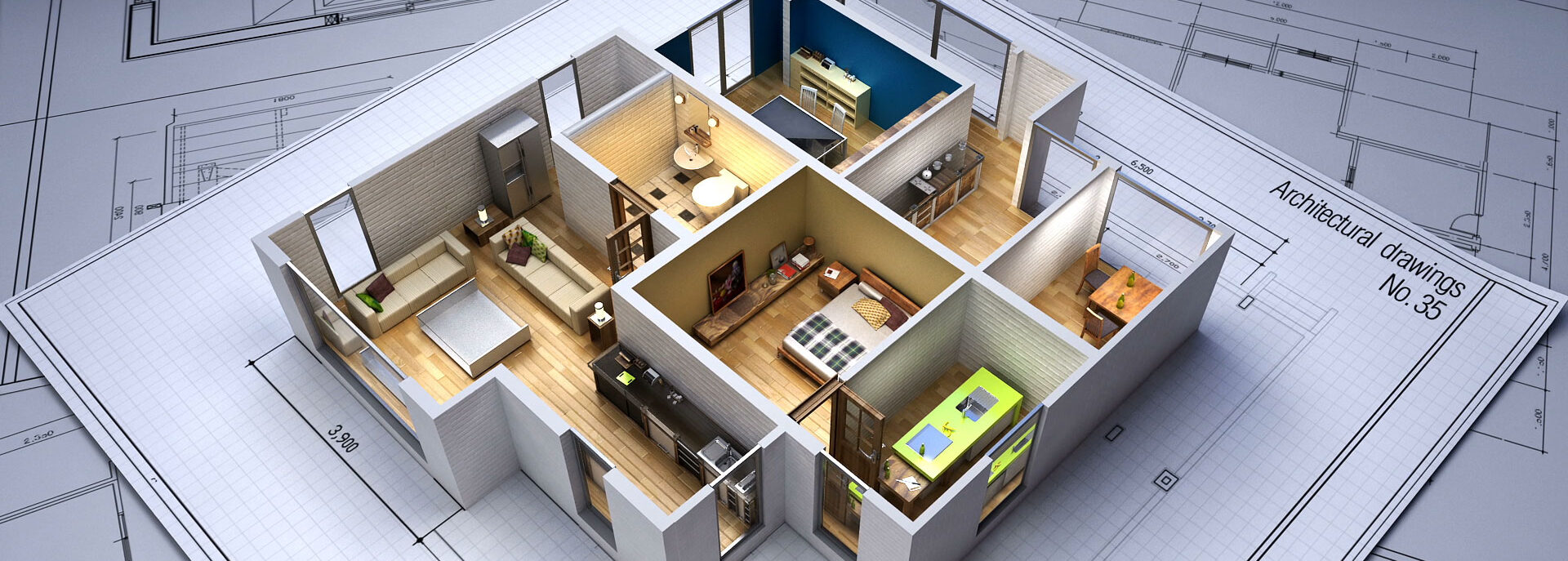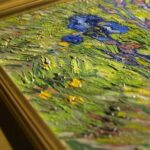

Japanese origami is providing inspiration for a range of bleeding edge 3D printing and design research projects.
The ancient art of paper folding can be traced to the work of Akira Yoshizawa, the artist who created a notation to indicate how to fold origami models. It was called the Yoshizawa-Randlett system, and even now it serves as the basis for origami societies in the UK, the US, and Spain.
Now John Kimionis and Manos Tentzeris of the School of Electrical and Computer Engineering at the Georgia Institute of Technology have created a novel technique that uses origami-esque folding techniques to build 3D printed electronic structures which can be built cheaply and result in complex radio frequency devices and packaging applications.
These RF–or radio frequency–applications may one day be used in smart sensors, energy harvesting devices, communication systems, custom antennas, and packaging designs. Kimionis and Tentzeris say they were looking for ways to make them easy to deploy.
They say conventional, one-antenna sensors are generally incapable of communicating or harvesting energy if those sensors can’t face a central station, so they designed their 3D structures to accommodate multiple, variably oriented antennas. They say this achieves diversity and improves the wireless link by capturing signals arriving from different directions.
Using additive manufacturing techniques like inkjet and 3D printing, the pair say they were able to build these very complex structures at low cost by printing conductive inks or dielectric materials deposited on a substrate. This enabled the researchers to fabricate “planar circuits,” antennas, or sensors of arbitrary heights and thicknesses.

Kimionis and Tentzeris developed an origami-style folding technique where 2D structures can be folded into a variety of 3D shape from thin, easily foldable substrate materials like paper. They add that they can also fabricate the devices with a 3D printed structure made of flexible polymer or harder materials which feature hinging design functions.
They do it by printing conductive traces on a 2D structure prior to folding, and their prototype origami antenna was developed using 3D and inkjet printing–and then folded into the shape of a cube.
The sides of the cube were built with rigid VeroWhite material, and the hinging edges were constructed from a heat-sensitive material called Grey 60. The antenna itself is comprised of silver nanoparticle ink followed by a silver acetate ink with a very low viscosity which are deposited onto the substrate prior to folding via an inkjet printer.
Kimionis and Tentzeris first designed and simulated the cubes in their final, folded form to optimize their function, and they unfolded those structures into a 2D pattern which can be easily fabricated from the cross-shaped planar form.
To guarantee high conductivity of the antenna and to minimize losses, they broke the printing process down into a large number of layers and heat dried each printed layer before printing the next. This solid silver ink rectangle acts as a “patch antenna” and is located on one of the cube’s sides. The inside of the cubes are covered with adhesive copper tape which acts as a ground plane for the antenna.
The work was supported by the National Science Foundation and the Defense Threat Reduction Agency.
Have you heard of any other applications for 3D printing which were inspired by origami? Let us know in the 3D Printed RF Antennas forum thread on 3DPB.com.
If you're looking to get an architectural rendering quote in the USA, our service provides a simple and efficient process to obtain the best pricing tailored to your project. Through our platform, you can easily submit your project details and receive a competitive quote from our team of experts. We offer high-quality 3D renderings for both interior and exterior designs, helping you bring your architectural visions to life with stunning precision. With our support, you can be confident in receiving professional services at affordable prices, without the hassle of dealing with multiple vendors.
Getting an accurate architectural rendering quote has never been easier. Through our portal, you’ll have direct access to a streamlined process where we guide you step by step, ensuring all your needs are met. Our 3D rendering experts work closely with you to ensure the final product matches your expectations, whether it’s for residential, commercial, or mixed-use developments. Trust our platform to provide you with the best possible rates and results, all with a quick turnaround time and exceptional customer support.





